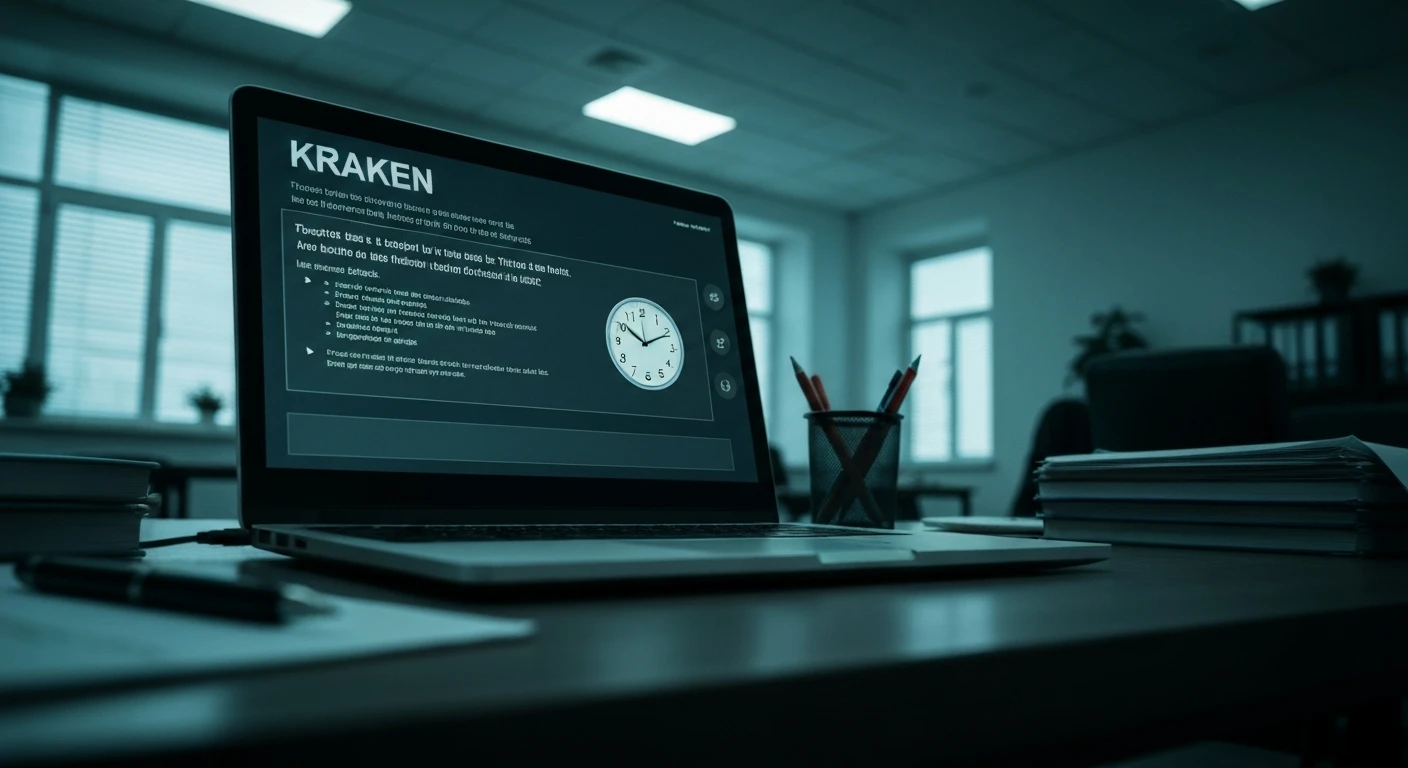In an era where digital infrastructure underpins nearly every facet of business and communication, the discovery of a critical vulnerability in a widely trusted security tool has sent shockwaves through the web hosting industry, revealing a stark paradox. Imagine a scenario where the very software designed to shield servers from malicious threats becomes the gateway for attackers to seize control. This alarming reality came to light with a flaw in Imunify’s AI-Bolit malware scanner, a tool relied upon by millions of servers worldwide. This vulnerability, which allows for arbitrary code execution and root-level privilege escalation, exposes a paradoxical weakness in security mechanisms. It raises urgent questions about the safety of tools meant to protect and the broader implications for web hosting environments. As cyber threats grow more sophisticated, understanding the nature of this flaw and its potential impact is essential for organizations aiming to safeguard their digital assets.
Unpacking the Technical Flaw
The Core Issue in AI-Bolit’s Code
At the heart of this security concern lies a critical flaw within the deobfuscation logic of Imunify’s AI-Bolit scanner, specifically in the functions housed in the ai-bolit-hoster.php file. The functions deobfuscateDeltaOrd and deobfuscateEvalHexFunc are designed to decode potentially obfuscated malicious code for analysis, but they lack proper input validation before invoking Helpers::executeWrapper(). This oversight creates a dangerous loophole, enabling attackers to craft malicious files or database entries that, when processed, trigger the execution of harmful PHP code. What makes this particularly concerning is the irony that a tool built to detect and neutralize threats can be weaponized against the very systems it protects. The potential for attackers to gain root access through this flaw means that entire server environments could be compromised, exposing sensitive data and disrupting operations on a massive scale. This situation underscores the need for rigorous testing and validation even in the most trusted security solutions.
Scope of the Threat to Servers
Beyond the technical specifics, the scope of this vulnerability reveals a far-reaching threat to web hosting infrastructure globally. With millions of servers relying on Imunify’s tools for malware protection, the flaw’s ability to facilitate privilege escalation poses a risk of catastrophic breaches. Attackers exploiting this issue could not only execute arbitrary code but also gain full control over affected systems, potentially turning servers into launchpads for further attacks or data theft. This is especially alarming for organizations hosting critical applications or sensitive customer information, where a single breach could result in significant financial and reputational damage. The diversity of affected products, including various versions of Imunify360, ImunifyAV+, and ImunifyAV, amplifies the challenge, as not all users may be aware of the need for immediate updates. This widespread exposure highlights how a single point of failure in a security tool can ripple across an entire industry, emphasizing the urgency of addressing such vulnerabilities promptly.
Response and Mitigation Strategies
Imunify’s Swift Action and Patching Efforts
In response to the discovery of this severe vulnerability, Imunify demonstrated commendable agility by releasing a security patch on October 23 of this year. This update introduced a strict allowlist of safe functions to prevent dangerous PHP code execution, effectively closing the gap exploited by the flaw. By November 17, the majority of Imunify servers had been updated automatically, significantly reducing the risk for many users. Notably, the company reported no evidence of exploitation in the wild, a testament to their strategy of silent patching before public disclosure. This approach minimized the window during which attackers could leverage the vulnerability, striking a balance between transparency and the protection of critical infrastructure. The responsible disclosure by researcher Aleksejs Popovs also played a crucial role, ensuring that the issue was addressed without premature exposure to malicious actors. Such rapid response sets a positive example for how security vendors can handle critical flaws with efficiency and care.
Challenges for Unpatched Systems and Mitigation Tips
Despite the swift rollout of patches, a lingering concern persists for organizations running outdated versions of affected Imunify products, such as versions prior to 32.7.4-1 for Imunify360 and related tools, or older CentOS 6 systems. During the interim period before updates were applied, these systems remained temporarily exposed, creating a window of opportunity for potential attacks. For those unable to upgrade immediately, Imunify advised several temporary mitigation measures to reduce risk. These included disabling specific scanning features by setting parameters like enable_scan_pure_ftpd: False and scan_modified_files: False, as well as restricting scans to trusted users only. In more extreme cases, completely disabling file scans—whether scheduled, real-time, or tied to FTP and ModSecurity uploads—was recommended until patches could be deployed. These steps, while not ideal, provided a stopgap to protect vulnerable systems. This scenario serves as a stark reminder that delayed updates can have serious consequences, urging organizations to prioritize patch management.
Lessons Learned for Future Security Practices
Reflecting on this incident, it became evident that even the most trusted security tools can harbor vulnerabilities capable of undermining their protective purpose. The event highlighted the critical dependency risk associated with such software, where a single flaw can transform a safeguard into a liability. Cybersecurity experts have reiterated the importance of maintaining automated updates as a fundamental practice in web hosting environments. Continuous monitoring for suspicious activity and swift deployment of patches emerged as non-negotiable strategies to protect infrastructure. Additionally, this case underscored the value of proactive communication and collaboration between researchers, vendors, and users to address threats before they escalate. Moving forward, organizations were encouraged to adopt a mindset of constant vigilance, ensuring that security tools themselves are subject to the same scrutiny as the threats they aim to counter. By learning from this incident, the industry took steps to strengthen its defenses against similar risks in the years ahead.













